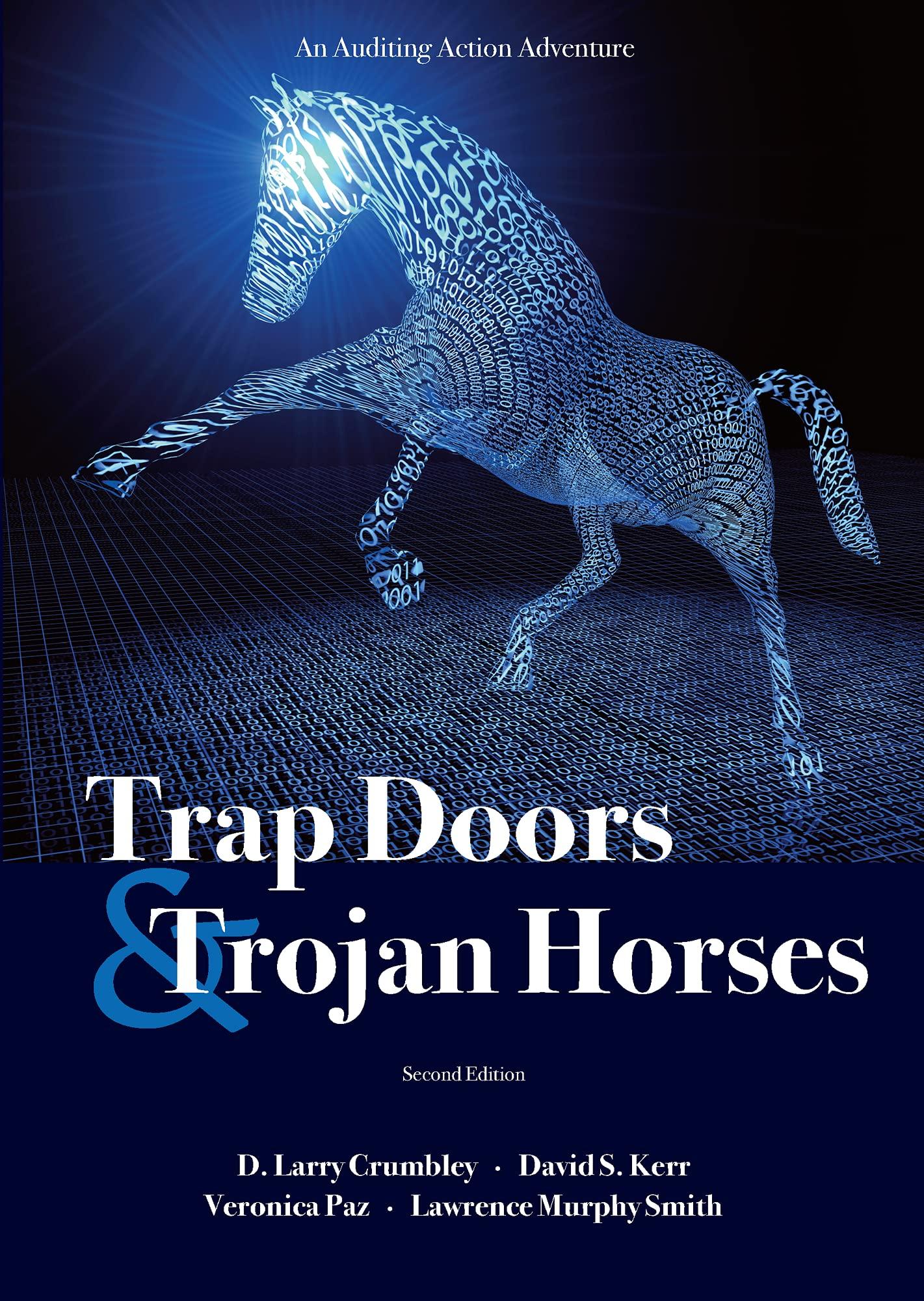HELPPP

Locos Company operates a chain of sandwich shops (Click the icon to view additional information.) Read the requirements (Click the icon to view Present Value of $1 table.) (Click the icon to view Present Value of Ordinary Annuity of $1 table.) (Click the icon to view Future Value of $1 table.) (Click the icon to view Future Value of Ordinary Annuity of $1 table.) Requirement 1. Compute the payback, the ARR, the NPV, and the profitability index of these two plans. Calculate the payback for both plans. (Round your answers to one decimal place, X.X.) Payback Plan A years Plan B years Calculate the ARR (accounting rate of return) for both plans. (Round your answers to the nearest tenth percent, X.X%) ARR Plan A % Plan B % Caciulate the NPV (net present value) of each plan. Begin by calculating the NPV of Plan A. (Complete all answer boxes Enter a "0" for any zero balances or amounts that do not apply to the plan. Enter any factor amounts to three decimal places, XXXX. Use parentheses or a minus sign for a negative net present value.) Plan A: Net Cash Annuity PV Factor Present Years Inflow (i=7%, n=10) (i=7%, n=10) Value 1 - 10 Present value of annuity 10 Present value of residual value PV Factor Choose from any list or enter any number in the input fields and then continue to the next question. i More Info ndwich ormatic The company is considering two possible expansion plans. Plan A would open eight smaller shops at a cost of $8,450,000. Expected annual net cash inflows are $1,500,000 for 10 years, with zero residual value at the end of 10 years. Under Plan B, Locos Company would open three larger shops at a cost of $8,250,000. This plan is expected to generate net cash inflows of $1,080,000 per year for 10 years, the estimated useful life of the properties. Estimated residual value for Plan B is $1,300,000. Locos Company uses straight-line depreciation and requires an annual return of 7%. the AR Cound y Print Done II years Requirements - X ety 1. Compute the payback, the ARR, the NPV, and the profitability index of these two plans. 2. What are the strengths and weaknesses of these capital budgeting methods? 3. Which expansion plan should Locos Company choose? Why? 4. Estimate Plan A's IRR. How does the IRR compare with the company's required rate of return? any P lu Print Done









